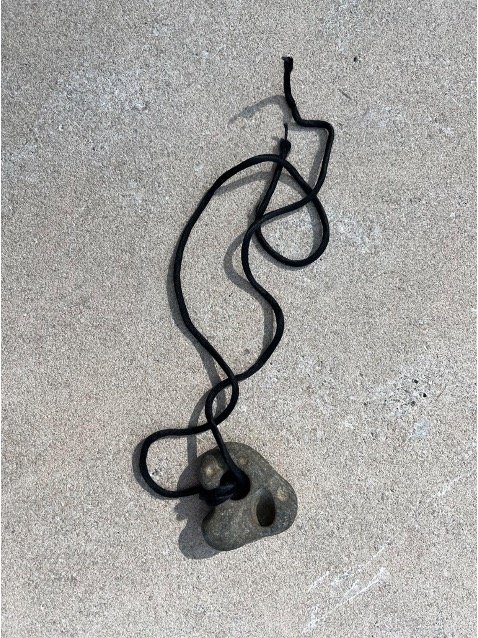
Seismic Epistemologies of the Great Sand Waste
Adriane Pontecorvo
Sensory Prompt Challenge Winner
Indiana UniversityIt was all dunes, say developers, until the late 19th century, when the settlers shaped what was then called the “Great Sand Waste” into the largely residential western half of the city. Growing up there, we knew this story and its moral: that we were all raised on hubris, that one strong quake could sink us. Locals walk the beach with equal measures of love and fear, gazing out to sea as both meditation and memento mori.
When I’m back there, I glide through these so-called Wastelands down Taraval Street, drifting past the bleached bones of our childhood homes until I cross the Great Highway. At the edge of Ocean Beach, I sink into wet sand and my head fills with sound: rushing wind on rolling waves, crashing up and down the California coast. Water flows across my feet, a bracing cold that tightens every ligament from the ankle down until, all at once, it pulls away and leaves me exposed to the fog. I walk across the shore and marvel at the soft edges of sea glass and a thousand different shades of rock pushed into sand, the tenuous foundation for thousands of tiny lives.
I remember all this—the smell of saltwater, the bracing chill of fog and tide, empty crab shells next to blue blobs of jellyfish and crisp sand dollars, the inevitability of the shifting earth—every time I hold the piece of sandstone my father gave me. Mottled gray with rounded edges and two deep pits, it piques my pareidolia: I can’t shake the impression that it looks like a much-simplified human skull, a caricature that fits in the palm of my hand. When I squeeze it, eons’ worth of grains nestle into my skin.
Dad tells me that he found the pseudo-skull on the same beach we walked my whole childhood, that damp strip of land that sinks beneath our footsteps and sticks to our shoes for days afterward; in other words, it’s a neighbor. Even after I set the rock down, it radiates a warmth that makes it feel alive, inhabited by tens of thousands of years of erosion and earthquakes all compressed into one improbable form: a gift from father to daughter.
Time has passed since then, and my father has lost his balance. He walks less and less, and never on the beach. I weave a silken cord through the eye of the stone and wear it around my neck, where I can grip it when I fear that he will fall while I’m not there to catch him. The subtle coarseness of this makeshift pendant grounds me; at the same time, it comforts me by holding my heat and letting it linger. It looks like home, like the quiet landscapes roughly subsumed into the precarious structures of western San Francisco, muted colors sculpted by the ocean. When I hold it to my face, I smell California goldenrod and pampas grass, sweet notes faint between the earthy grains and cut by ghosts of saline breezes and bonfire smoke.
It was all dunes, crushed beneath the weight of beings and doings to become rocks and homes, reliquaries for fear, love, and the inevitable. My father and I pretend we are solid stone, but we will one day become the dust that sinks to the bottom, one more thin layer among millions in the thriving archives of the Great Sand Waste. Around my neck, a stone that has witnessed it all braces me for the next time the earth shakes.


